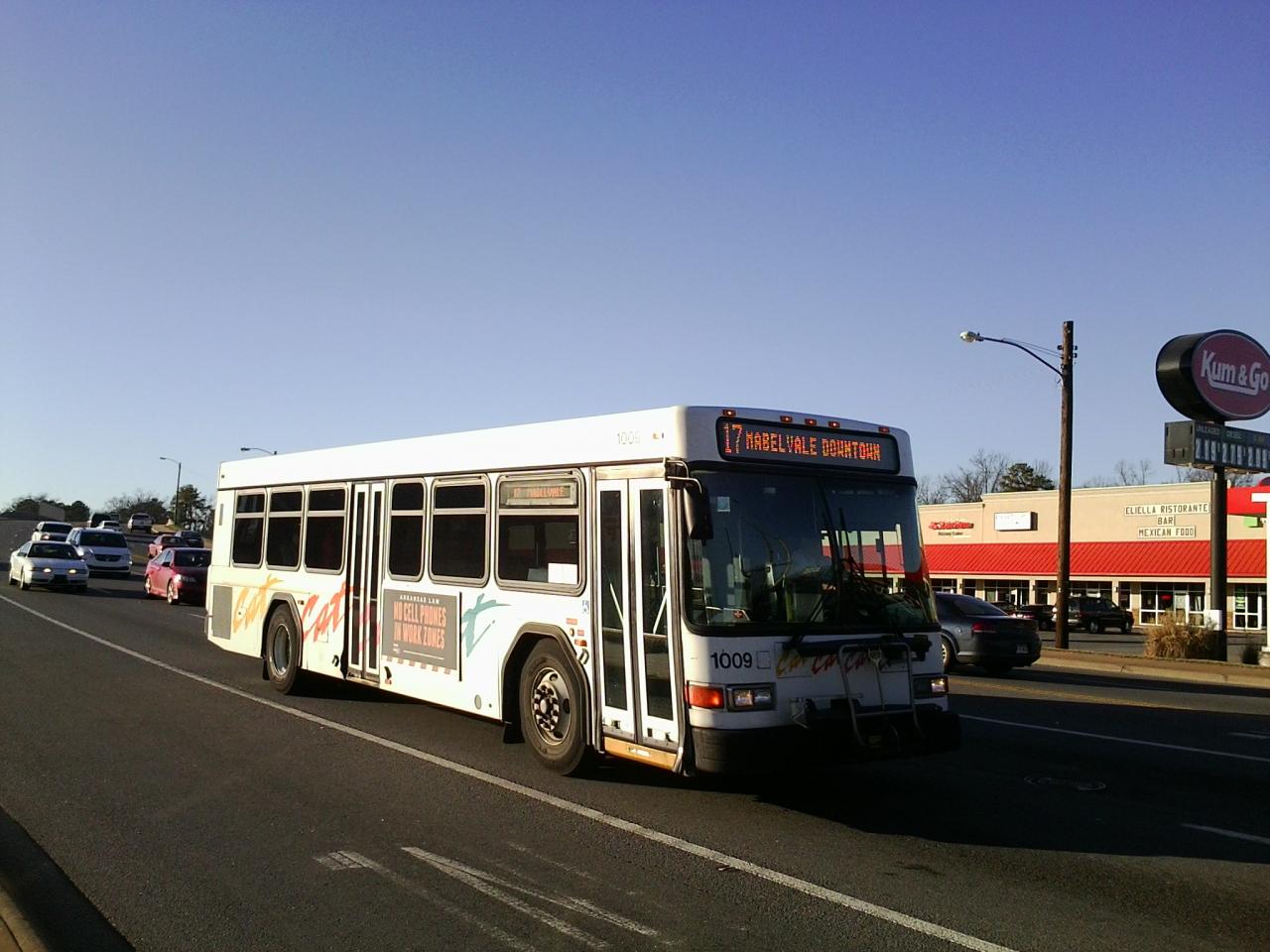
Little Rock, Arkansas, is a city steeped in history and brimming with vibrant culture. As the capital and largest city of the state, it serves as a bustling hub of economic activity and a focal point for transportation and infrastructure. From its well-connected network of highways and bridges to its efficient public transportation system, Little Rock is a city on the move. In this article, we'll delve into nine fascinating facts about transportation and infrastructure in Little Rock, shedding light on the city's evolution and the pivotal role played by its transportation systems. Whether you're a local resident, a curious traveler, or an infrastructure enthusiast, these insights will offer a deeper understanding of how transportation has shaped the fabric of this dynamic city. So, fasten your seatbelts and get ready to embark on a journey through the transportation and infrastructure landscape of Little Rock, Arkansas.
Key Takeaways:
- Little Rock, Arkansas has a bustling transportation network, including an airport, river routes, and highways, all supporting the city’s economic growth and connectivity.
- The city’s infrastructure, from bridges to streetcars, enhances urban mobility and offers residents and visitors eco-friendly transportation options, contributing to Little Rock’s vitality and progress.
Little Rock, Arkansas is Home to the Clinton National Airport
Situated in Little Rock, the Clinton National Airport serves as a vital transportation hub for the region. Named after former President Bill Clinton, the airport offers domestic and international flights, connecting the city to various destinations across the globe.
The Arkansas River is a Key Transportation Route
Flowing through the heart of Little Rock, the Arkansas River has long been a crucial transportation route for the city. The river facilitates the movement of goods and materials, playing a significant role in the local economy and transportation infrastructure.
Interstate 30 Connects Little Rock to Other Major Cities
Interstate 30, a prominent highway, links Little Rock to several major cities, including Dallas and Fort Worth in Texas. This vital transportation artery enables seamless travel and commerce between Little Rock and its neighboring urban centers.
The Rock Region Metro Provides Public Transportation Services
The Rock Region Metro offers comprehensive public transportation services within Little Rock and its surrounding areas. With bus routes, paratransit services, and streetcar operations, the Rock Region Metro plays a pivotal role in enhancing the city's transportation accessibility.
Little Rock Boasts a Network of Scenic Trails and Bike Paths
The city of Little Rock features an extensive network of scenic trails and bike paths, promoting alternative modes of transportation and recreational activities. These pathways contribute to the city's infrastructure, providing residents and visitors with opportunities for outdoor exploration and fitness.
The Port of Little Rock Facilitates Waterborne Commerce
The Port of Little Rock serves as a vital gateway for waterborne commerce, enabling the transportation of goods via the Arkansas River. This strategic port plays a crucial role in the city's infrastructure, supporting economic activities and trade through its maritime facilities.
Little Rock's Bridges Enhance Connectivity
The city of Little Rock is adorned with a series of bridges that enhance connectivity and transportation across the Arkansas River. These architectural marvels not only serve as vital transportation links but also contribute to the city's aesthetic appeal and urban landscape.
The Little Rock Streetcar Revitalizes Urban Mobility
The introduction of the Little Rock Streetcar has revitalized urban mobility within the city, providing residents and visitors with a convenient and eco-friendly transportation option. This modern streetcar system contributes to the city's infrastructure, promoting sustainable transit solutions.
Little Rock's Infrastructure Supports Economic Growth
The transportation and infrastructure in Little Rock play a pivotal role in supporting economic growth and development. From its airport and river transportation to its highways and public transit, Little Rock's infrastructure serves as a catalyst for commerce, connectivity, and progress.
In conclusion, the [9 Facts about Transportation and Infrastructure in Little Rock, Arkansas] underscore the city's commitment to fostering efficient transportation systems and robust infrastructure, contributing to its overall vitality and connectivity.
Conclusion
Little Rock, Arkansas, boasts a rich tapestry of transportation and infrastructure, reflecting its dynamic growth and development. From its historic bridges to its modern transit systems, the city's infrastructure is a testament to its progress. The blend of traditional and contemporary elements in its transportation network underscores the city's commitment to accessibility and connectivity. As Little Rock continues to evolve, its infrastructure will play a pivotal role in shaping its future. The city's dedication to enhancing its transportation systems and infrastructure underscores its resilience and adaptability, positioning it for sustained growth and prosperity.
FAQs
What are the major transportation modes in Little Rock?In Little Rock, the primary transportation modes include roadways, public transit, and cycling infrastructure. The city's well-connected road network, complemented by public transit options and bike-friendly pathways, offers diverse transportation choices for residents and visitors.
How does Little Rock prioritize infrastructure development?Little Rock prioritizes infrastructure development through strategic planning and investment. The city focuses on maintaining and enhancing its existing infrastructure while also implementing innovative solutions to address evolving transportation needs. This approach underscores Little Rock's commitment to sustainable growth and connectivity.
Was this page helpful?
Our commitment to delivering trustworthy and engaging content is at the heart of what we do. Each fact on our site is contributed by real users like you, bringing a wealth of diverse insights and information. To ensure the highest standards of accuracy and reliability, our dedicated editors meticulously review each submission. This process guarantees that the facts we share are not only fascinating but also credible. Trust in our commitment to quality and authenticity as you explore and learn with us.
